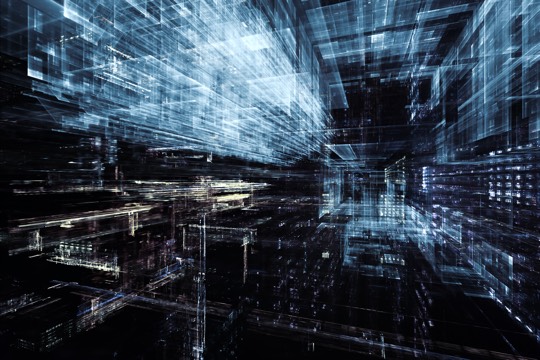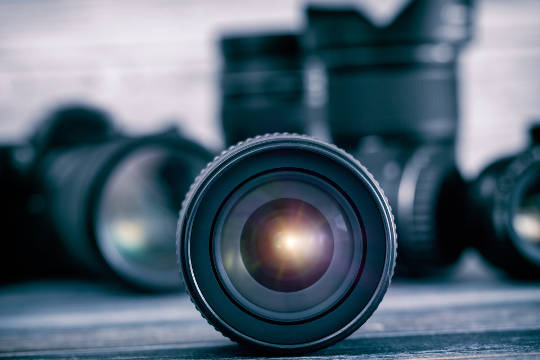TECHNOLOGY FOCUS
CMOS image sensors are becoming more and more complicated. In the mid-nineties the devices were simple image sensors, but over the recent years they have become complete camera systems.
Characterization and evaluation of these highly sophisticated SoC's (system-on-chip) is no longer straightforward.
Furthermore the pixels of the sensors are becoming extremely small and their limited size can have negative effects on dynamic range, light sensitivity, noise and speed.
In the context of further optimization of the imaging functionality, it is of great importance to have a good understanding of performance-limiting parameters of the system. These can only be revealed by performing dedicated measurements on the image sensors and/or on the complete camera systems.


COURSE CONTENT
In the introduction of the course, the difference between correlated and uncorrelated noise will be explained. In a first instance, one can put all fixed-pattern noise sources or noise in the spatial domain under the header of correlated noise, and one can put all temporal noise sources or noise in the time domain under the header of uncorrelated noise.
Both types of noise, correlated and uncorrelated, are part of the complete pallet of noise sources present in an image sensor. It is very important to understand the difference between these two categories of noise, because statistical operations (averaging and standard deviation) will have a different impact on these noise sources. And the specific effects of averaging and standard deviation calculation on these noise sources will allow us to separate the correlated noise from the uncorrelated noise in images taken by the imager-under-test. In its turn this is very important to get an idea of where exactly in the image sensor the noise is being generated.
The theory about the effect of averaging and standard deviation calculation on the various types of noise will be illustrated by means of real images taken by a commercially available camera. Two great advantages of the tools explained are :
- There is no need to know what is inside the camera
- No absolute measurements have to be done
WHO SHOULD ATTEND
This e-Learning course is intended for engineers that already have some experience in the field and the course is the same as the first part of the following class room course:

1. First assignment Uncorrelated noise
2. Measurement procedure
3. Theory uncorrelated noise
4. Theory Correlated Noise
5. Averaging and Fixed Pattern Noise Calculation
6. Results Average Signal
7. Results Total Noise
8. ”Seeing is believing” Comparing Images
9. Conclusion
Said about the course from previous participants:
"The course offers the opportunity for image sensor designers the best way to evaluate a sensor."
"Clear explanations. Interactivity."
"You could directly see results."

